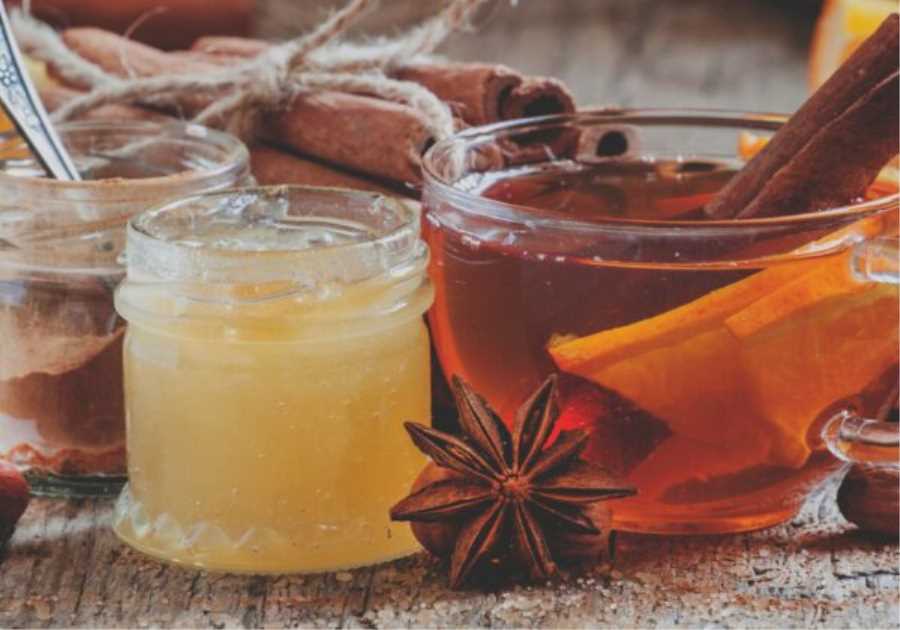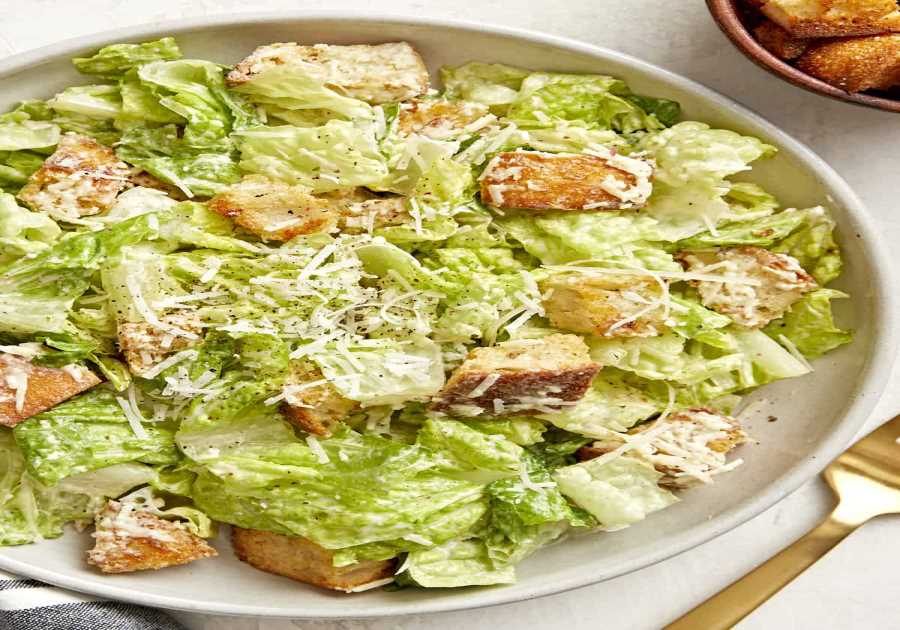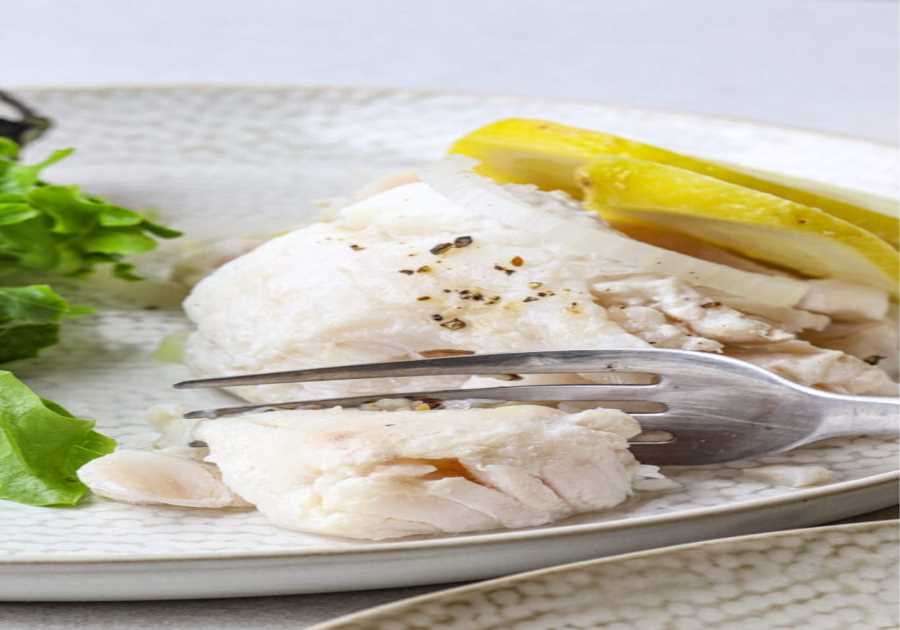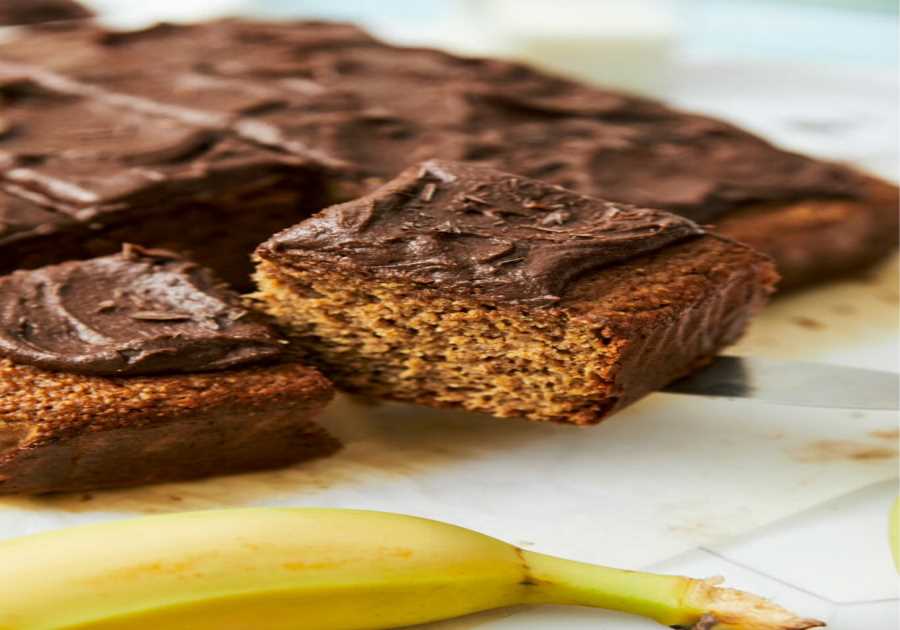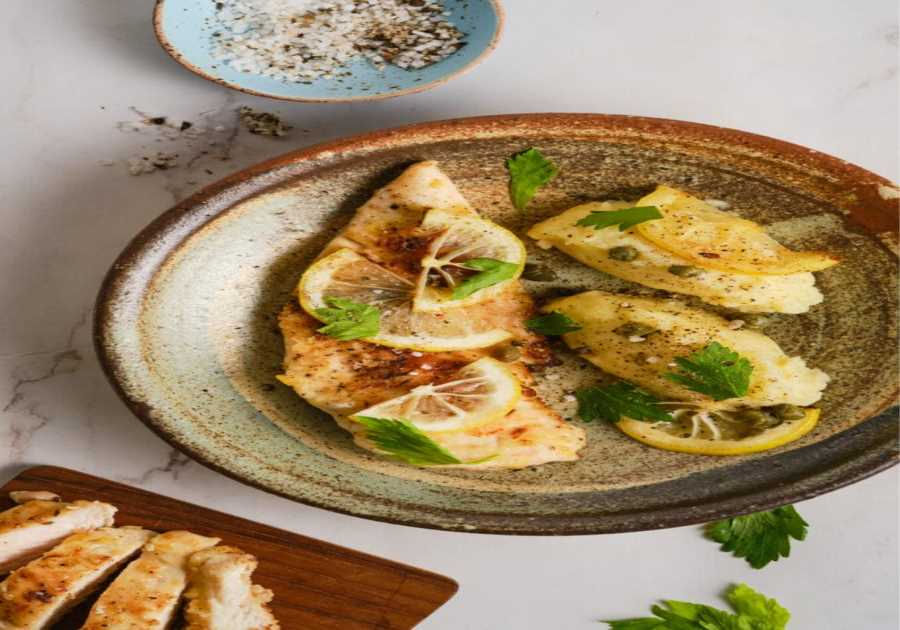If you have a secret recipe or an article perfect for sharing on our blog section, don't hesitate to let us know at [email protected] -- everyone has something extraordinary to offer and we can't wait to hear yours! Join us as we explore delicious flavors around the globe!
For now, love yourself and enjoy this one ...
Written for Spice Station Silverlake by: Amanda Csolak
From the aromatic cardamom notes in Turkish coffee to the ubiquitous pumpkin spice latte, the relationship between coffee and spices has gone on for almost as long as people have been enjoying sipping on coffee. Today, those who love the coffee bean enjoy adding many different spices to their cup of joe, including cinnamon, ginger, and turmeric.
If you’re like me and enjoy learning about foods and beverages we all know and love, then stick around. We will discuss everything you need to know about the relationship between coffee and spices. At the end of this article, I’ll include a unique recipe that will give new life to spices not commonly seen in American kitchens, like strong but spicy-sweet black Cardamom pods. Plus, I’ll share my personal favorite blend of spices I use in my coffee every morning.
Coffee and Spices – A Brief History
It’s quite remarkable to consider that the spices we can easily purchase today were once rare and luxurious commodities. In the 14th and 15th centuries, European explorers embarked on voyages to unfamiliar territories, returning with spices like ginger, turmeric, and cardamom that were treated almost like gold. By the late 15th century, these spices started making waves on the international market, heralding what historians often label as the onset of globalization. The trading of spices not only established crucial maritime routes between Europe and places like China, India, and Arabia, but it also set the stage for the global commerce and cultural exchange that we see today.
This brings us to coffee, another commodity that has interesting parallels with spices. Both began as luxury items confined to the elite circles of European society. They also share complex historical narratives that are interwoven with issues like colonialism and early global trade. Interestingly, when coffee was first introduced to Venice, it was initially classified as a spice, which underscores the interconnected histories of these two commodities.
Given their historical status as luxury items, it’s not surprising that coffee and spices have often been brewed together across different cultures. This practice speaks to their shared associations with affluence and indulgence. Some of these recipes have endured through the centuries and remain popular to this day. For example, traditional Turkish and Arabic coffees often incorporate cardamom, while in Yemen, coffee beans are frequently mixed with hawaj—a blend of spices that includes ginger, cardamom, cloves, and cinnamon.
So when we enjoy a cup of spiced coffee today, we are participating in a culinary tradition with rich and complex historical underpinnings. Both coffee and spices have traversed a long journey from being elite commodities to becoming staples in our modern kitchens, and their stories are a testament to the intricate webs of cultural, economic, and historical factors that continue to shape our global landscape.
The Spiced Coffee of Today
While the pairing of coffee and spices has historical roots, for many contemporary coffee enthusiasts, the idea is relatively fresh. Spiced coffee beverages featuring ingredients like nutmeg, turmeric, allspice, and ginger have notably gained popularity over the last decade and a half.
Take the pumpkin spice latte, for example, a seasonal sensation that has essentially carved out its own niche in the coffee shop calendar. According to Nielsen data, the market for pumpkin spice-flavored products reached a staggering US $600 million in sales in 2018, marking a nearly 5% increase from the previous year.
One intriguing aspect of this trend is that consumers are increasingly drawn to spiced coffee not just for its exotic flavors, but also for perceived health benefits. Ingredients like turmeric are lauded for their antioxidant and anti-inflammatory properties, while ginger has been heralded as a digestive aid.
However, it’s worth mentioning a caveat. While the spices themselves may offer health benefits, the spiced coffee beverages from some major chains could be laden with high sugar content, potentially negating the nutritional advantages of the spices. As always, it’s prudent to consider the whole picture when assessing the health implications of these trendy beverages.
My Love For Coffee
For the longest time, coffee didn’t quite hit the mark for me. It seemed like a bitter brew that I couldn’t quite wrap my palate around. However, over the past few years, my taste buds have taken a surprising turn, and I’ve developed a genuine fondness for this iconic beverage. The game-changer for me was discovering how spices and flavors could transform my coffee experience. These days, my ideal cup involves a delightful blend of cocoa powder and cinnamon, subtly enhanced with a dash of vanilla extract. A sprinkle of cane sugar tops it off, creating a harmonious mix that’s both rich and comforting. This customized blend has not only made me a coffee convert but also added a daily ritual of flavor and warmth to my life.
Shopping For Spices To Compliment Your Coffee
As highlighted earlier, there are many different spices which are used to enhance your cup of coffee. From allspice, cardamom and cinnamon, to nutmeg, turmeric, and vanilla. You can find all of these at Spice Station Silverlake. Stop relying on big corporate chains to supply your spiced coffee, its heavily loaded with sugar anyways. Shop for your own spices and try making your own spiced coffee at home. Its simple, delicious and will save you money. You can’t beat that!
Pakistani Coffee with Cinnamon and Cardamom Recipe
We think this delicious blend of rich coffee and flavorful spices could be your new favorite way to drink coffee. It’s that good!
Total Time: 20 minutes
Yields: 6 cups of spiced coffee
Ingredients:
- Three cups water
- Three cups milk (any type)
- One Ceylon Cinnamon stick
- Five Black Cardamom pods, cracked
- Espresso Sugar, to taste
- Three tablespoons coffee beans, coarsely ground
Directions:
- Crack open a few cardamom pods and toss them in a large pot, along with dark roast coffee, a cinnamon stick, milk, and some water. You can add the sugar now, or you can let your guests add their own.
- Simmer for ten minutes. Ladle the liquid as it bubbles and bobs, pouring from up high to aerate the coffee mixture. Do this about twenty times. Each time the mixture will get a little frothier.
- Strain the milky mixture and transfer to a coffee pot.
- Pour into cups, serve with a cinnamon stick and enjoy!
Frequently Asked Questions
What are the main spices, condiments, seasonings and herbs used in Thai cuisine?
Thai cuisine is a combination of influences from all over Asia. Its roots lie in India and China, along with Southeast Asia.
The essential ingredient of Thai food is freshness. You get more flavor if ingredients are picked in the early stages of cooking and then cooked quickly. This is the reason meat, fish, fruits and vegetables are often eaten raw.
The addition of spices and sauces can add depth and aroma to dishes. Fresh basil, cilantro, mint, coriander (cilantro), lemongrass, ginger, turmeric, garlic, chillies, chilli paste, soy sauce, tamarind juice, oyster sauce, palm sugar, coconut milk, lime leaves, galangal root, curry powder, shrimp paste, fish sauce, tamarind water, rice vinegar, etc. are commonly used.
Can you put spice in a drink?
It's amazing how spices can add flavour and flavor to food. But how can you make them live when they're used in drinks.
Spices are excellent because they add incredible depth to any beverage. You can add a little cinnamon or nutmeg to any glass of wine, beer or coffee.
Most recipes require ground spices. You will need to use fresh whole spices. While this makes sense, it is costly, takes time and requires storage space.
This is where the magic happens. With a little creativity, you can make your favorite spices easy to use in powdered form. Mix them with your favorite drinks to make delicious spiced beverages.
These powders can be made in two ways. A second method is to grind whole spices into fine powder. One method involves using a mortar-and-pestle to grind spices into a finer consistency.
No matter which method you use, the powder will be much easier to measure and store than whole spices. The powder is stable so you don't run low on stock.
You can even experiment with mixing different spices to create new flavours. For example, you could combine peppermint and spearmint leaves to make minty water. Ginger and cardamom pods can be used to make spicy ginger Tea.
Once you've mastered making powdered spices, you can apply the same technique to herbs. Some popular herbs include basil, oregano, rosemary, thyme, and sage.
There are so many possibilities. Use powdered spices to give your beverages extra flavour or to enhance the taste of dishes such as soups, salads, and pasta.
What are the 7 Indian spices?
Indian spices refers to a variety of spices that are used in Indian cooking. They usually include cardamom (also known by hing), cumin, turmeric, coriander,fenugreek, ginger, and asafoetida. Spices add flavour to dishes by blending natural ingredients like meats, vegetables and spices. The unique flavour profiles created by spices are what make Indian cooking special.
Cardamom's sweet, pungent flavor is balanced with ginger and citrus notes. It's used in many dishes, including biryani and curries. Cumin has a earthy aroma and a rich, bitter flavour. It is commonly added to curries and meat dishes, as well as dals. Coriander adds a delicate nuttiness and sweet citrus aroma to dishes. It is used to season lentils and vegetables.
Turmeric has an earthy, spicy flavour that includes mustard, spices and pepper hints. This spice is used in curries and other dishes. It has a golden color. Fenugreek possesses a rich, earthy scent, slightly bitter flavour, and earthy tone tones. It is often used as a seasoning for meat dishes like kebabs. Ginger is pungent and spicy with hints of citrus. It is a perfect addition to curries, soups, and chutneys. Asafoetida, or hing, has a pungent aroma and strong flavor. It can be substituted for onion and garlic in some recipes.
These spices are a unique combination that creates Indian cuisine.
What is the difference between curry and curried?
There is no difference in spelling. Both words refer the same thing: Indian food that uses meats and vegetables along with different seasonings.
Curry is derived in Hindi from kari, which means to rub. This refers the way that the spice mix is applied onto the food. Curry is typically prepared until the food is golden brown.
While curried dishes were once reserved only for special occasions they are now enjoyed regularly throughout India. You can choose from chicken, beef, lamb or fish as well as vegetables and rice.
Plain white rice is commonly served with curried meals. Other common accompaniments include raita (a yogurt sauce) and chutney (a sweet relish).
Thai food includes paprika.
Yes. Yes.
Thai food, Mexican, Spanish or Indian cuisines, Thai food, Mexican, Spanish, Indian, Chinese, Thai, Thai, Greek, Turkish and Balkan cuisines all contain paprika.
Paprika can been traced back to Ancient Greece over 5,000 years ago. The Hungarian language "pepper" is the origin of "paprika".
What does Thai spice serve?
The term Thai spice is a common phrase that we've heard a lot, but don't really know what it means. But when we discover our mouths water, we wonder why we haven't been eating more of it.
It isn't just any spice. It's an ingredient that can add flavor and depth in dishes that otherwise would be bland.
While there are thousands of Thai-inspired recipes out there, few of them contain the real thing. Let's discuss how to incorporate these tasty flavors into your meals.
Thais have been using herbs and spices in their cooking since antiquity to add flavor to food. Thai comes from the Sanskrit term for "to prepare".
Thais are still fond of spicy foods. This preference can be attributed to Thailand’s hot weather. It is difficult to stay warm when you don't have something to drink. Thais are also more likely to consume chili peppers as compared to Americans or Europeans.
Visit a local Asian grocery shop to find out more about Thai spices. There will be a large selection of ingredients available including dried chilies (fresh basil leaves), curry paste, ground black pepper, and curry paste.
You may also find whole peppercorns.
There are two types of spices in Thai cuisine: dry and wet. Dry spices are usually ground, while wet ones are crushed or pounded finely.
Dry spices can be added to any dish. A good example is chicken soup with ground red pepper. A paste is made by combining wet spices and oil with butter or butter.
Wet spices are used in dressings, sauces and marinades. Some common wet spices include fish sauce, oyster sauce, soy sauce, sesame oil, curry paste, and hoisin sauce.
If you want to try making Thai dishes at home, you need to know which spices go well with certain ingredients.
Red pepper flakes should be used if you're using beef. White pepper is better for seafood such as shrimp.
You can also order online if your Asian market is not available. Here you will find everything, from dried chilies and exotic herbs to spices.
Next time you're hungry, try one of these delicious Thai recipes!
What are the main Flavours of Thai Cooking?
Thai cuisine includes several distinct regional cuisines. These include Northern Thai food, Central Thai food, Southern Thai food, Eastern Thai food, Western Thai food, and Northeastern Thai. Each region is unique in its flavour profiles.
Thai food is known for its sweet, salty and sour flavors.
Thais love sweetness because it makes their dishes more delicious. Thai cuisine is rich in sweet ingredients like coconut milk and palm sugar (gula melanka).
In Thailand, sourness is very popular. Sour foods are often served alongside hot dishes. This combination balances out the heat.
Thai food includes spicy food. Thai cuisine uses a lot of spices, including galangal ginger root, chilli pepper, and garlic.
Statistics
- According to the McCormick Science Institute, indigenous Indian spices were cultivated as early as the 8th century BC in the gardens of Babylon. (spicecravings.com)
- India contributes to 75% of global spice production. (en.wikipedia.org)
- According to Healthline, pink Himalayan salt is estimated to contain up to 84 minerals and trace elements, which gives the salt its special pink color. (spicecravings.com)
External Links
[TAG32]
- Amazon.com. Spend less. Smile more.
- Amazon.com : Morton & Bassett Whole Nutmeg 1.9 Oz : Nutmeg Spices And Herbs : Grocery & Gourmet Food
[TAG35]
[TAG38]
[TAG41]
How To
How to Make A Garlic Press
A garlic press is a valuable tool in every home cook's kitchen. It allows you to efficiently mince garlic into a paste or puree it into a smooth sauce, soup, or salad dressing. It can also be used to crush whole garlic cloves into buttery spreads or garlic salt.
But if you don't own a garlic press yet, you might wonder where to start with one. Here are some tips that will help you get started.
First, you need a large dish. Place the bowl beneath the press, and then pour the crushed garlic in it. Set the pressure regulator valve at the maximum setting.
Next, turn your handle clockwise to hear a click. The top part of the press should lift off and reveal a flat surface that will allow you to slide the blade back and forth over the bowl. Continue turning the handle counterclockwise to close the blades.
Finally, take the pressed garlic out and enjoy!
Here are some ways to make this versatile tool even more useful:
- Add minced garlic to soups, sauces, salads, and dips (or even as a seasoning)
- You can crush whole garlic cloves using the press to make a buttery spread
- Make pizza dough by crushing whole cloves.
- Roasted garlic can be incorporated into creamy polenta or mashed potatoes.
- Use the press to mash garlic into homemade pesto
- Puree garlic and make a smooth dressing
Resources:
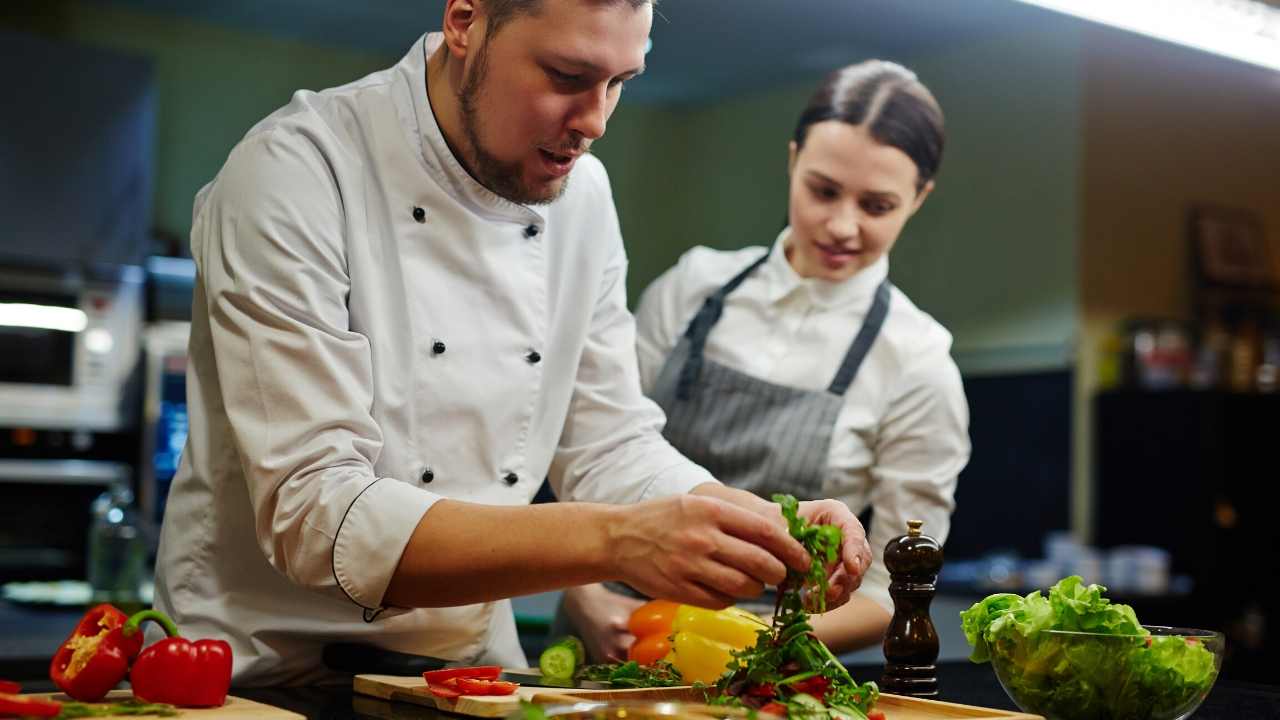 |
[TAG43]SO MANY TACOS! Houston, Texas is home to some famous tacos and famous food trucks. Today we are checking out some queso birria (spicy beef tacos and cheesy |
 |
[TAG44]Follow TrueExclusives: https://twitter.com/trueexclusives https://www.tiktok.com/@trueexclusives |
 |
[TAG45]#asmreating #asmr #mukbang #asmrfood #mukbangasmr #asmrsounds #asmrcommunity #asmrvideo #food #satisfying #asmreatingsounds #eatingshow #mukbangvideo |
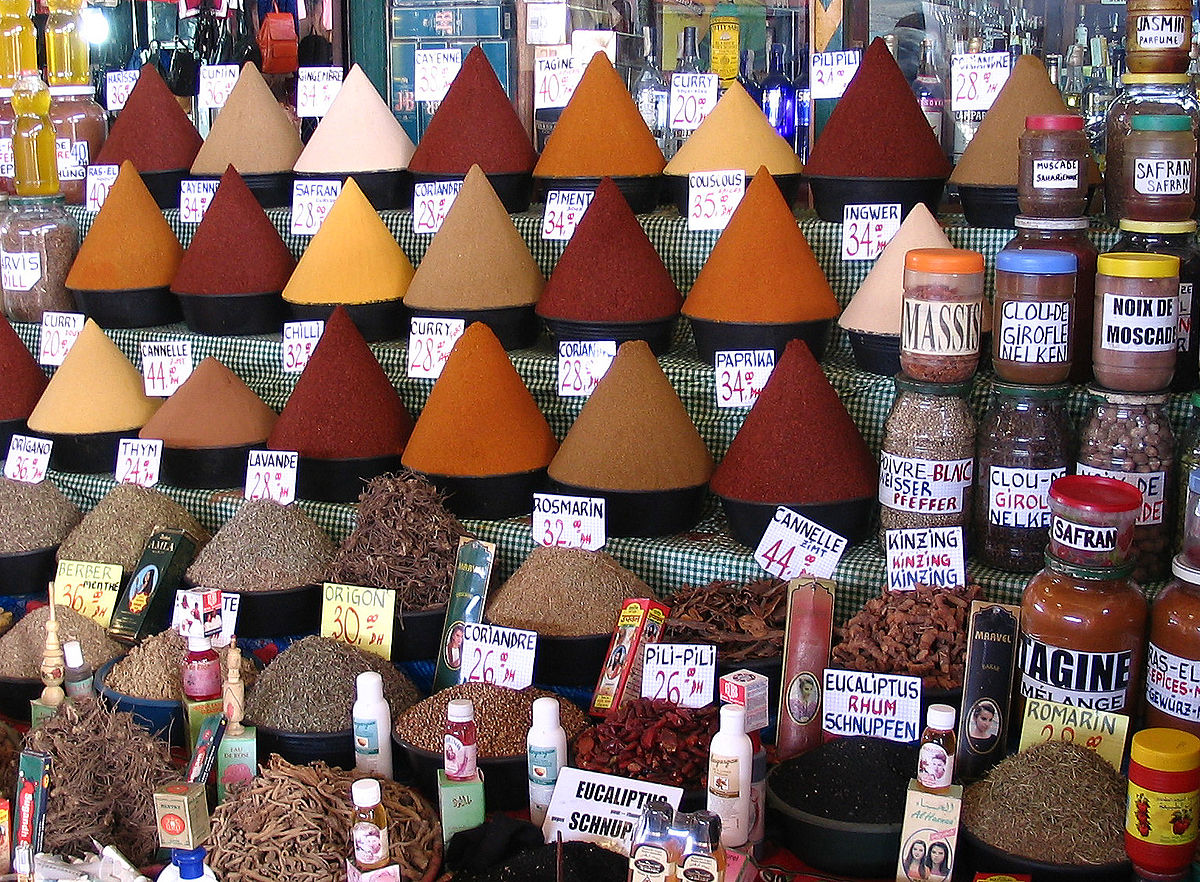 |
[TAG46]definition of spices |
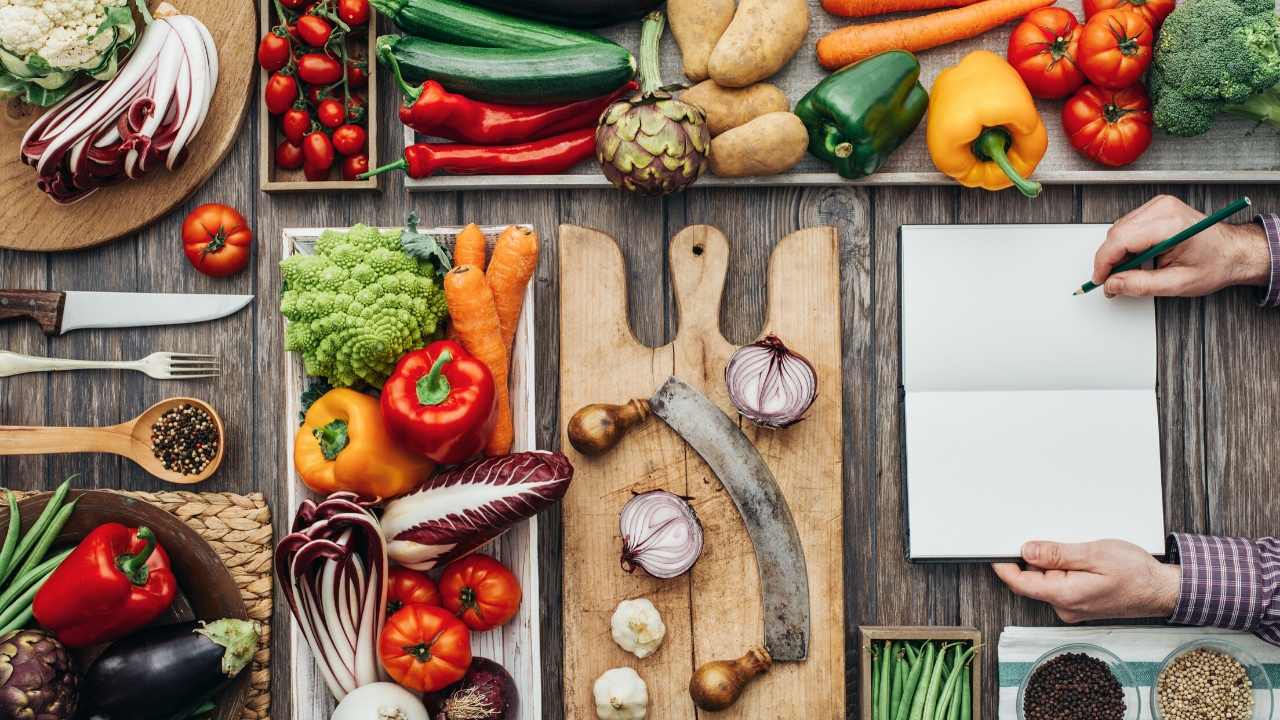 |
[TAG47]Eating Spicy Food||Fried Chicken, Spicy Chili Sauce, Stink Beans & Fresh Vegetables Thank you guys for watching my video. If you like this video, please |
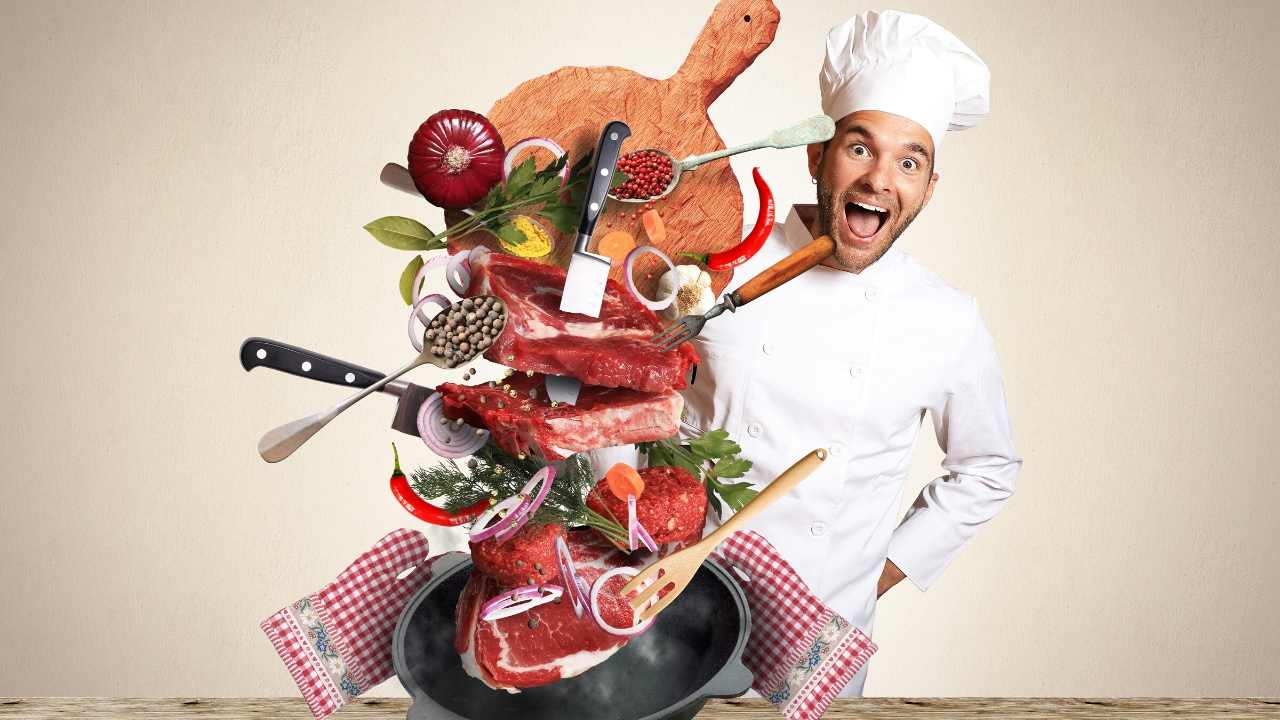 |
[TAG48]CARDAMOM E-AUCTION SPICES BOARD OFFICIAL |
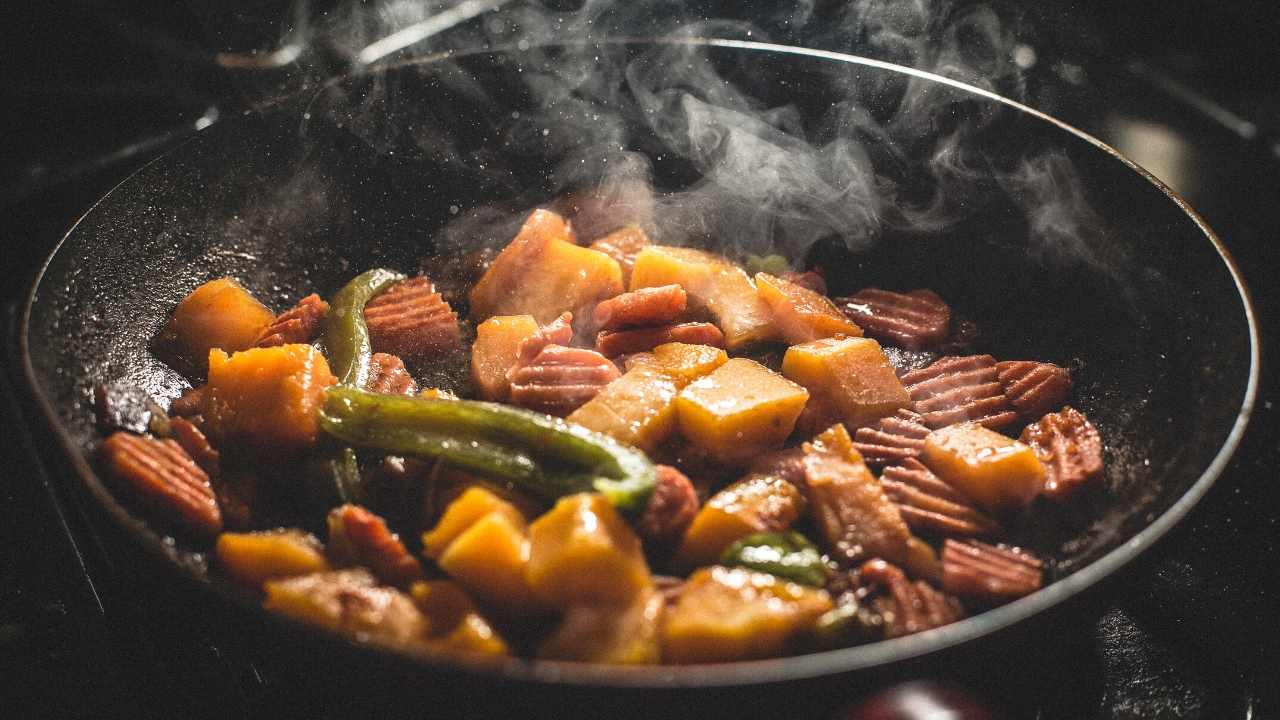 |
[TAG49]Shayla Reaves is getting a look at the spices from Here’s The Deal Spice Co. |
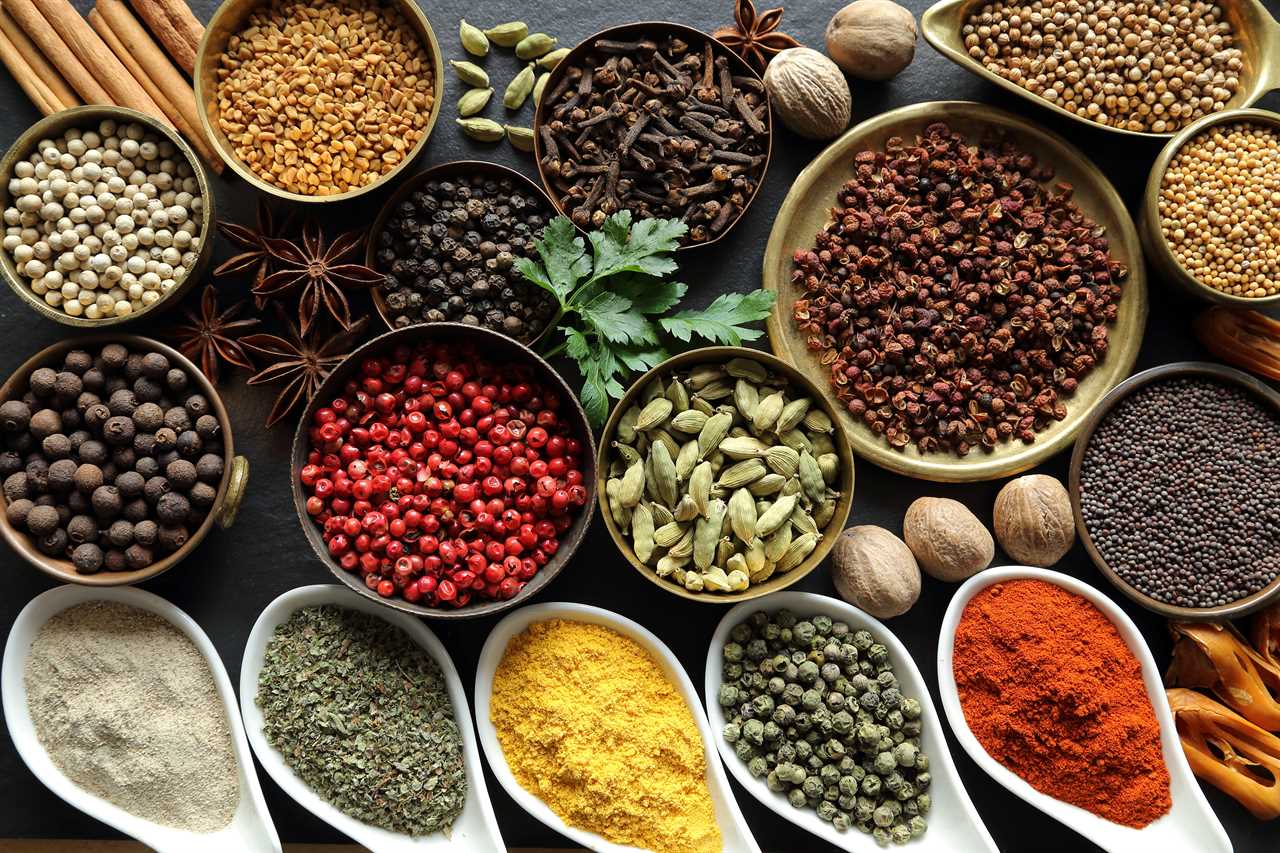 |
[TAG50]Important spices in cooking |
 |
[TAG51]Hosts: Eric Latiff, Ndu Okoh & CT Muga Producer: Ednah Ombaso The Situation Room, Kenya's Biggest Conversation Catch Spice FM in Nairobi on 94.4 • |
 |
[TAG52]CARDAMOM E-AUCTION SPICES BOARD OFFICIAL |
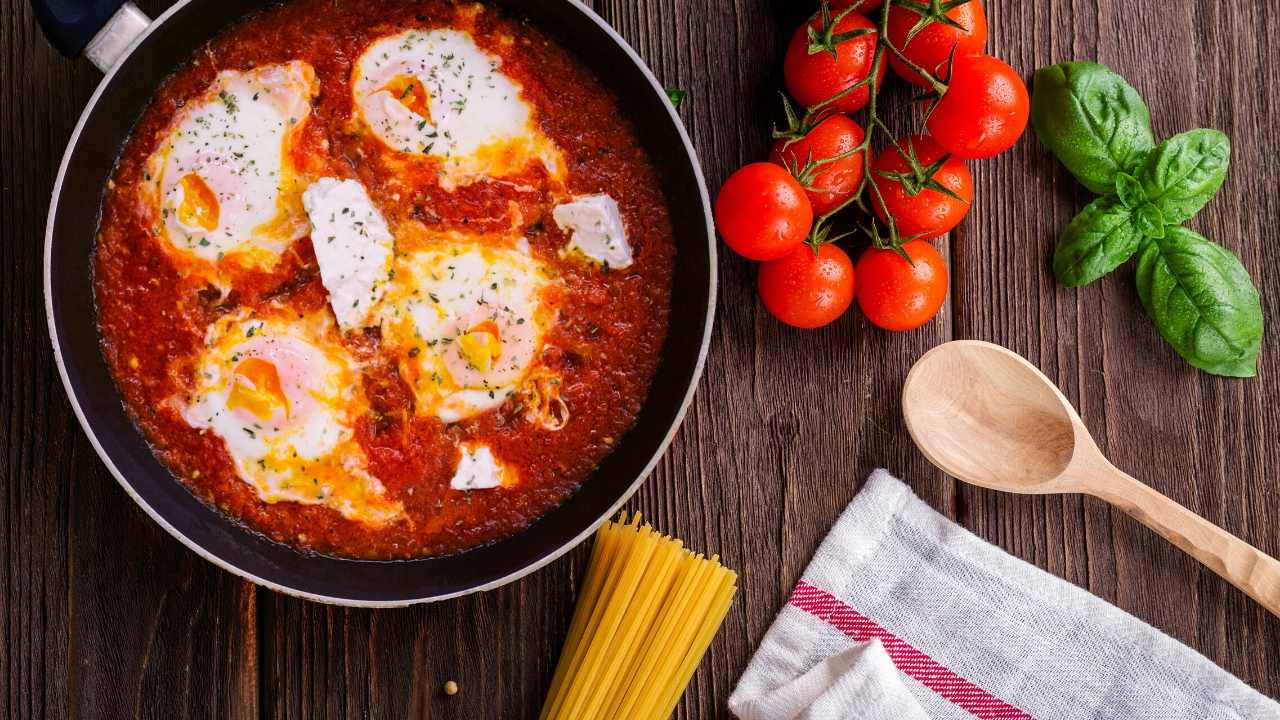 |
[TAG53]Hello everyone! Welcome to PTV Live! In this episode, we’ll review a vintage Hallmark Movie (Pumpkin Pie Wars), we will make a fall-inspired cocktail, and give |
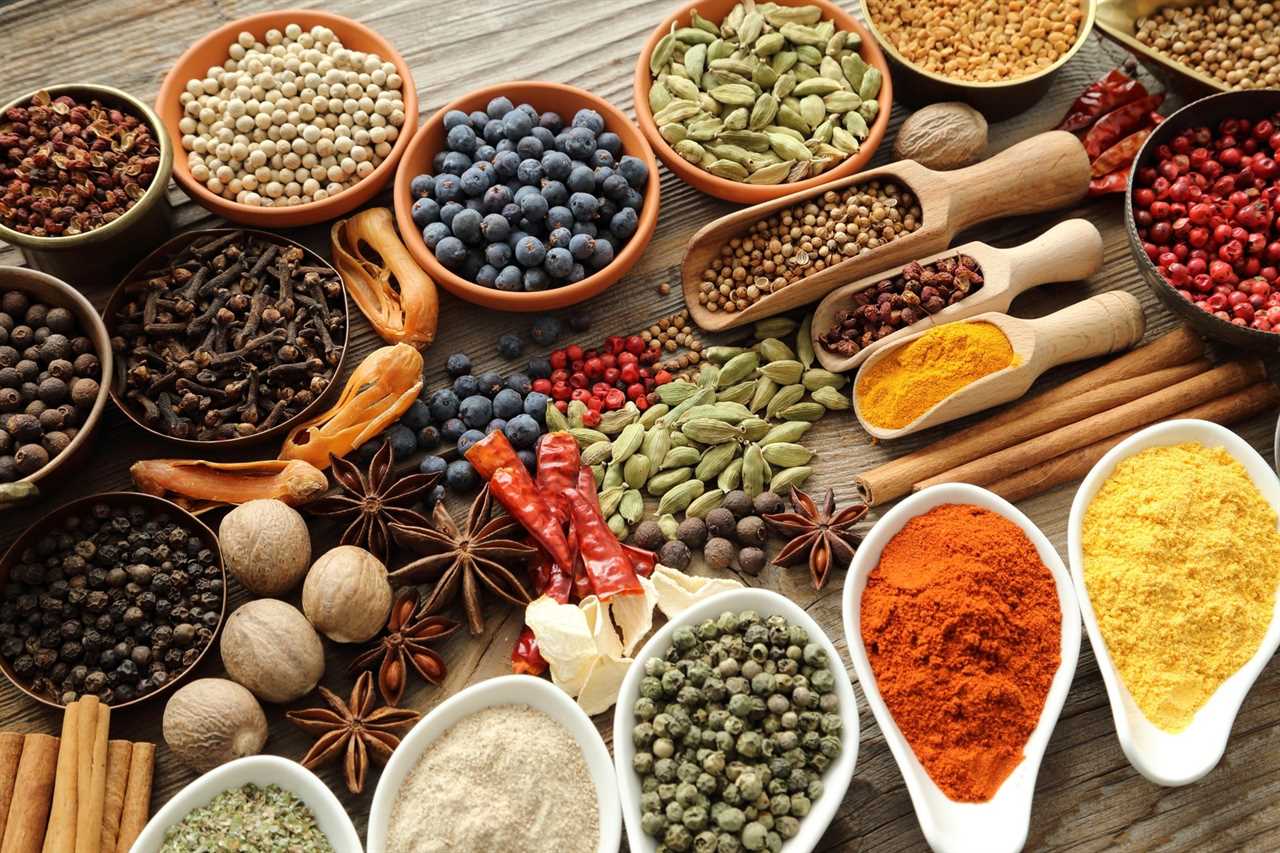 |
[TAG54]Herbs, spice & everything nice, these blog and articles explain the many uses of spices, including spices for weight loss, spices for brewing, and how to store |
 |
[TAG55]Evidence-based: https://www.healthnormal.com/ginger-benefits/ For over 4,000 years, ginger has been a revered spice, celebrated for its numerous health |
 |
[TAG56]August 28, 2023Likely that Vietnam's pepper exports in the first 8 months of the year will reach around 183-185,000 tons. If the forecasted annual pepper |
 |
[TAG57]- In coming time, world pepper market will increase due to reduced supply (low price, low yield due to many old trees, reduced interest in farming due to |
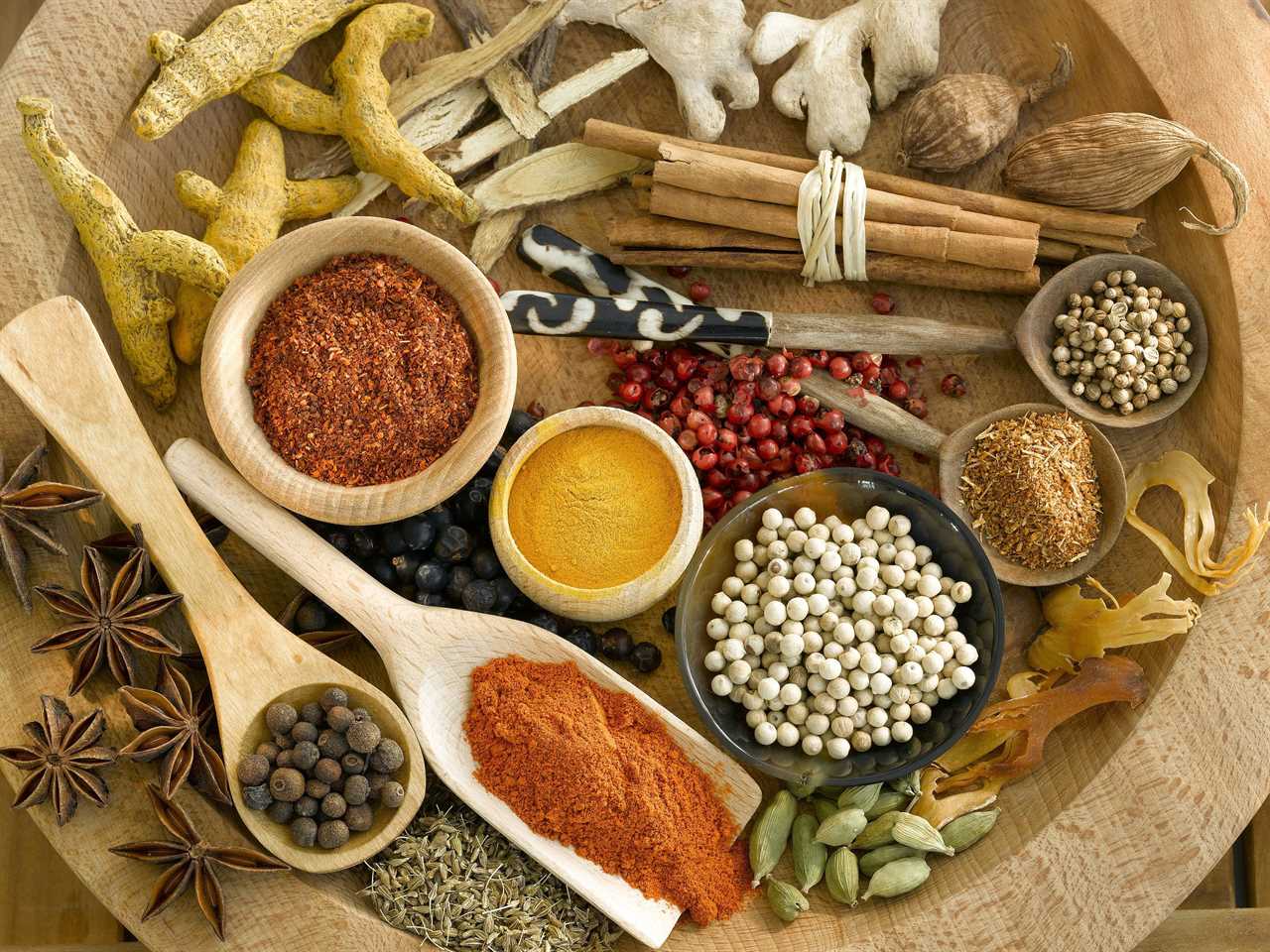 |
[TAG58]spices | Visit our blog for recipes, cooking tips and techniques as well as our staff's favorite eats and travel adventures. |
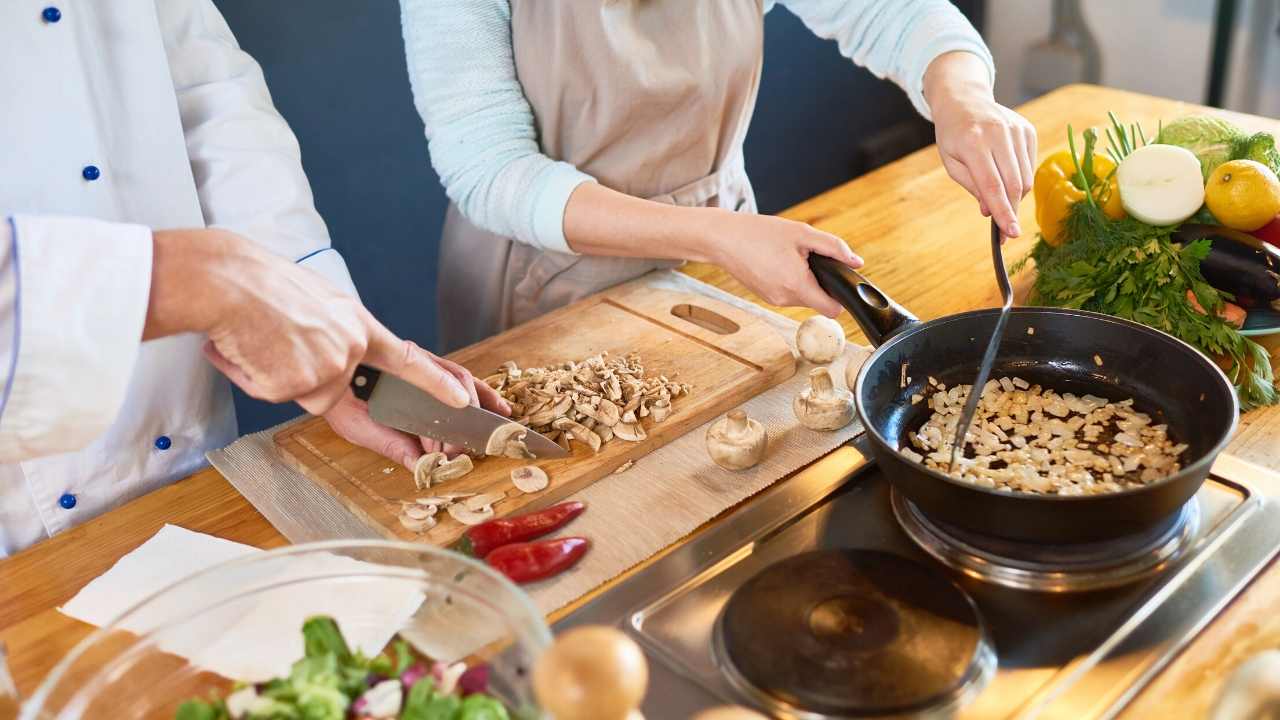 |
[TAG59]As prices of cardamom rise, India is in danger of losing its export markets to the cheaper Guatemalan cardamom. Even the upcoming festive season may not help |
 |
[TAG60]KEY HIGHLIGHTSAugust 11th 2023The pepper market this week showed a mix response with only Malaysian local white pepper price reported with a decrease.The |
 |
[TAG61]As demand outstrips supply and imports become expensive, black pepper prices have risen, prompting growers to resort to hoarding in anticipation of bigger |
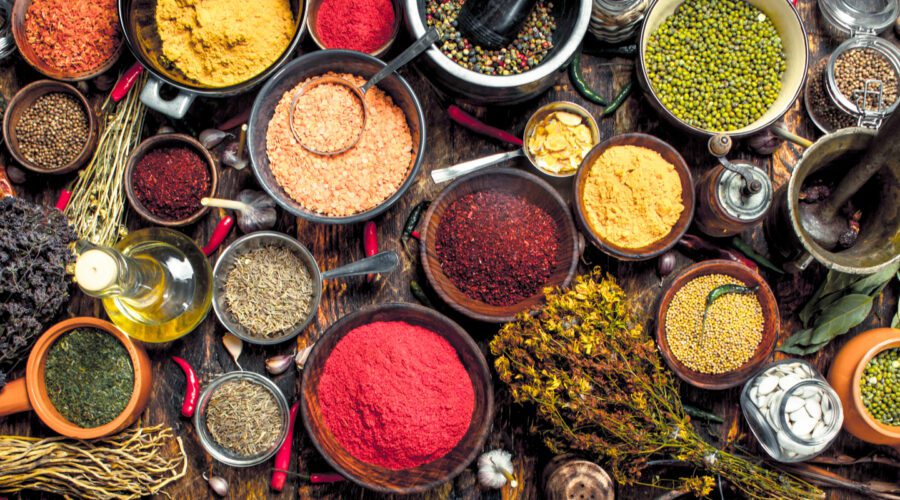 |
[TAG62]This spice blog writes about Indian fenugreek, Canadian coriander, Egyptian dill weed, Syrian Aleppo pepper, Granada nutmeg, & more from around the world. |
 |
[TAG63]Week 33/2023Brazil Pepper started at lows of BRL 11/kg for raw about $2550-2750 FOB range beginning this year, heading firm towards Q2 until it reached its |
 |
[TAG64]August 10th, 2023Just received from one of our good suppliers a report about mexican Allspice Crop & HarvestConcerning Allspice market situation, let me |
 |
[TAG65]August 10, 2023 After black pepper, it is now the turn of cardamom to witness a price surge reportedly on speculative buying. The rates soared to ₹2,250 per |
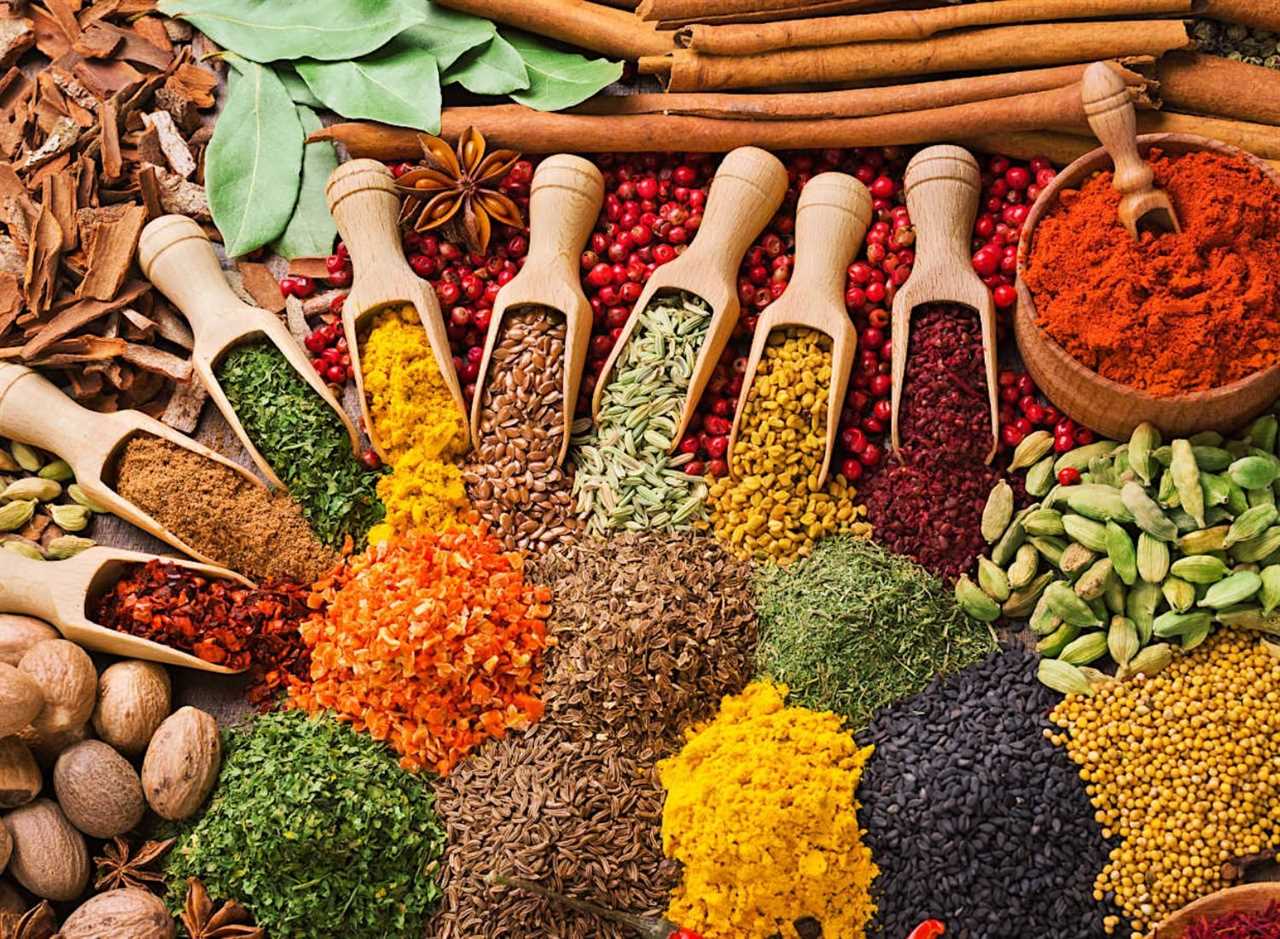 |
[TAG66]World of Spice is your online store for a massive range of High Quality Herbs Spices and Seasonings. Wholesale, Foodservice and Catering High Quality Herbs |
 |
[TAG67]August 8, 2023The Hindu BusinessLineBlack pepper has turned hot in the recent weeks on speculative buying amidst concerns of delayed crop setting due to the |
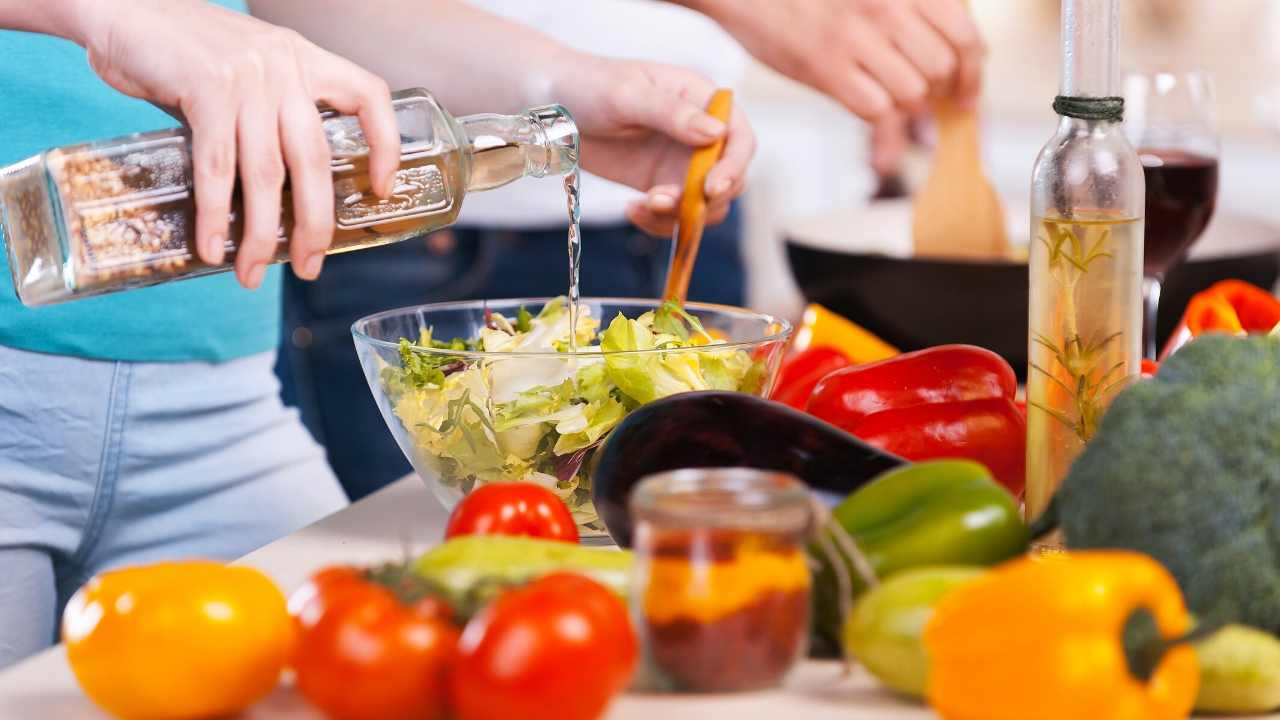 |
[TAG68]2023-08-08Jeera yesterday settled down by -0.45% at 63115 on profit booking after prices gained as supply is limited due to the rainy environment. However, |
Did you miss our previous article...
https://belovedsaffron.com/spices/the-immense-popularity-of-the-taco-in-america
.png)
